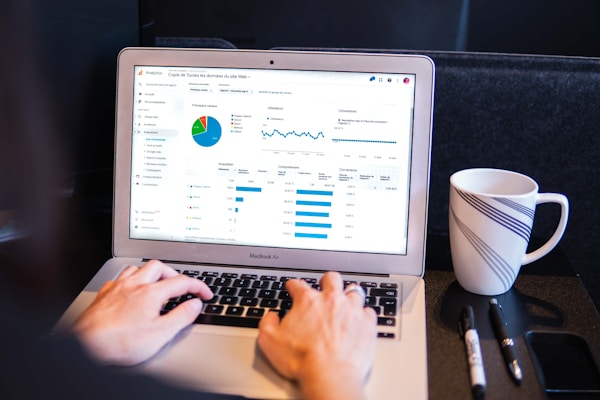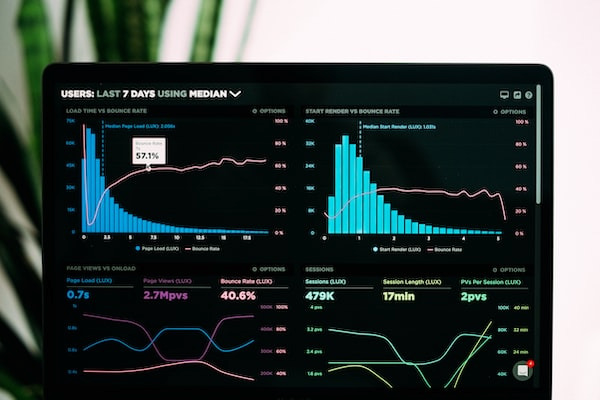There are many different types of combination charts. Each has its own advantages and disadvantages. In this article, we will take a look at the most common types of combination charts. Keep reading to learn more about each type and how to choose the right one for your data.
What are combination charts?
The definition of a combination chart is a graphical representation of data that combines two or more chart types. A combination chart can be used to compare data, track trends over time, or identify relationships between different data sets. There are a variety of different types of charts, but the most common to use in combination charts are bar charts and line graphs.
The most common type of combination chart is the column and line chart. This type of combination chart is used to compare data, track trends over time, or identify relationships between different data sets. In a column and line chart, the data is displayed in two different ways: as column bars and as line graphs. This type of combination chart is useful for comparing data sets because it allows you to see the trend of the data in both the column bars and the line graphs. In addition to bar charts and line graphs, area charts and scatter plots can also be incorporated.
When is it appropriate to use a combination chart?

A combination chart is typically used when you want to compare two or more data sets that are related in some way. For example, you might want to compare the sales of two different products over time. The combination chart would allow you to see how the sales of each product have changed over time as well as how they compare to each other.
A combination chart is a great option when you want to show changes in data over time. You can use a combination chart to show both the trend and the individual points. There are a few things to keep in mind when using a combination chart. First, make sure that the data sets you are trying to compare are comparable. In other words, the units of measurement should be the same. Second, make sure that the data is displayed in the right order. The data that is on the y-axis (vertical axis) should be the data that is changing over time, and the data that is on the x-axis (horizontal axis) should be the data that is static.
A combination chart is a great way to show relationships and trends between different data types. When you have mixed data types, it can be difficult to identify any patterns or trends. With a combination chart, you can easily see how different data types are related.
Additionally, when numbers vary widely across data types, a combination chart can help to identify any outliers. By comparing the data types, you can get a better sense of where any extreme values may be. This can be especially helpful when trying to understand the shape of your data. Finally, when you have categorical data, it can be difficult to see the value of the data. With a combination chart, you can easily see how the data varies across different categories. This can help you to better understand your data.
How can you create combination charts successfully?

Combination charts are a great data visualization tool to help illustrate data trends. However, there are a few things to keep in mind when creating these charts. The layers need to be arranged from top to bottom in the order of the information they contain, from most important to least. For instance, if there are bars, a line, and an area graph, you’ll need the line as the top layer and the bars and shaded area in the second or third layer, depending on which has more or less information.
It’s also important to try to keep your charts simple and easy to understand. Too much information can make them difficult to decipher. Using multiple lines, stacked bars, and extra layers of shaded areas can make the chart look crowded and complicated. Additionally, be sure to label the axis and legends correctly to avoid misrepresenting the data. All charts should be clear and easy to understand at a glance. Finally, when displaying data, use a scale that accurately represents the information. If two similar sets of data are being displayed, be mindful of the measurements used so that the data is not skewed.
Different types of combination charts can help to provide a complete picture when looking at data. They can prove to be a powerful data analysis tool for helping to provide a complete view of the data and trends.


Comments are closed.